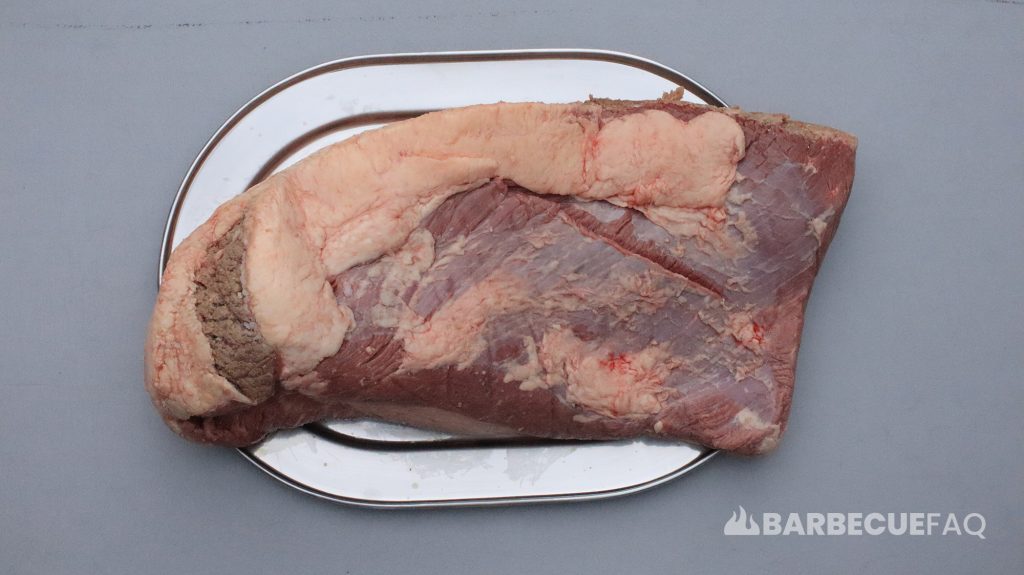The beef chuck comes from the front quarter of the cow and is essentially the entire shoulder area.
It accounts for roughly ~25-30% of the entire carcass weight.

When the beef chuck is initially separated from the beef plate at the 5th and 6th rib, it will contain part of the neck, upper arm/shoulder, fore-shank, and brisket.
What are Sub-primal Cuts from the Chuck?
- Square-cut chuck
- Shoulder clod
Other resources might list things like “chuck tender” or “chuck roll” but in most cases these end up being retail cuts as apposed to actual sub-primals like the clod or square-cut chuck.
The fabrication of this section of the animal is really at the discretion of the butcher.
Often, the sub-primals and their resulting retail cuts are broken down into roasts for slow cooking.
What About Stuff You’ll Find at Your Local Grocery Store?
From the chuck we mainly get roasts and ground beef.
However, there are a few steaks that get cut too.

- Chuck roast (sometimes sold whole as a full “chuck roll”)
- Chuck short ribs
- English cut short ribs (between the bone)
- Thin, Flanken cut (across the bone)
- Flat iron steak (top blade – second most tender on the animal)
- Chuck eye steak (extension of ribeye and contains similar muscles)
- Shoulder clod arm roast (English Roast)
- Mock tender
- Teres major (from the shoulder clod, lean and tender)
- Underblade (subscapularis)
- Roasts can be broken down into Denver steaks
- Neck roast (literally the neck of the animal)
- Ground beef
- Cube steak
- Stew meat
Again, what’s cut from this section really depends on where you’re from and what sells.
Where I’m from, all I ever see are chuck roasts, English cut short ribs, and ground beef.
It’s worth noting that unlike the round primal – which is similarly used to make roasts.
The meat that’s found in the chuck is far more flavorful simply due to the fact that it contains more fat.




